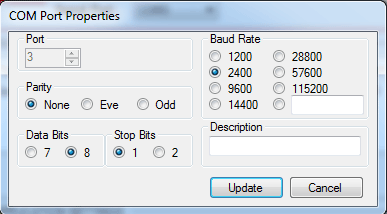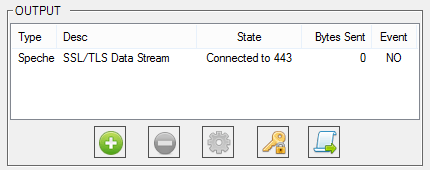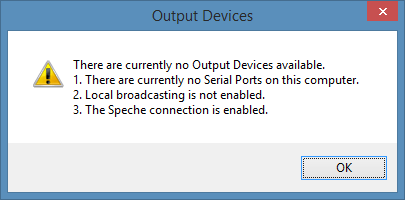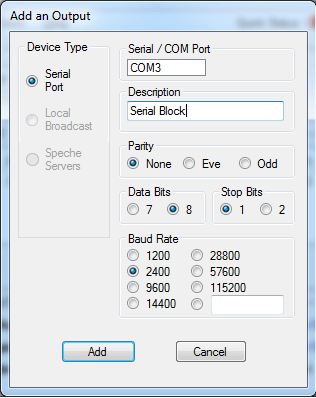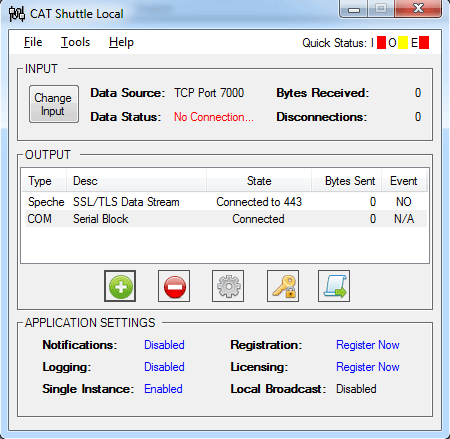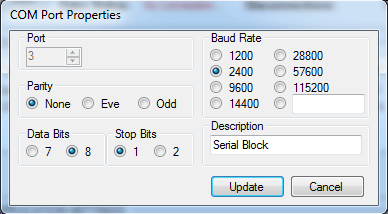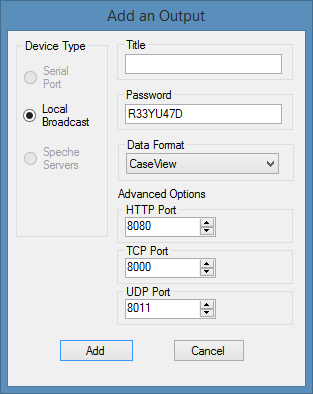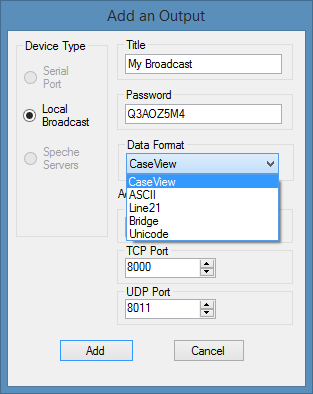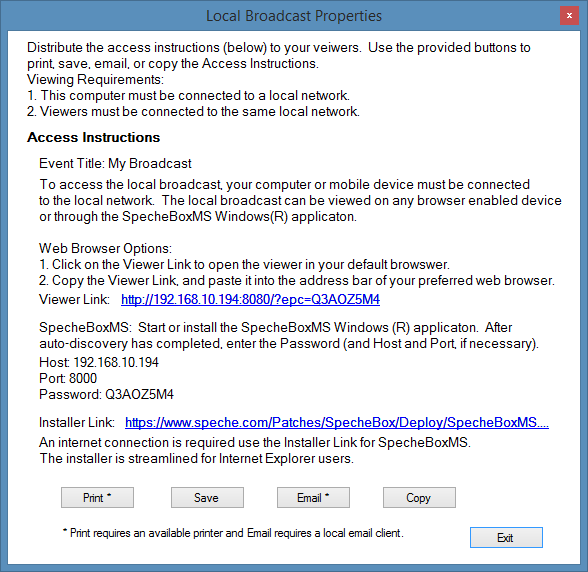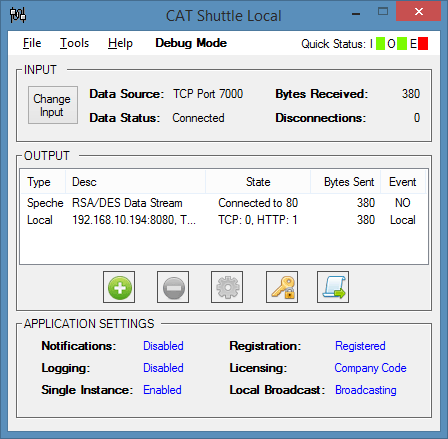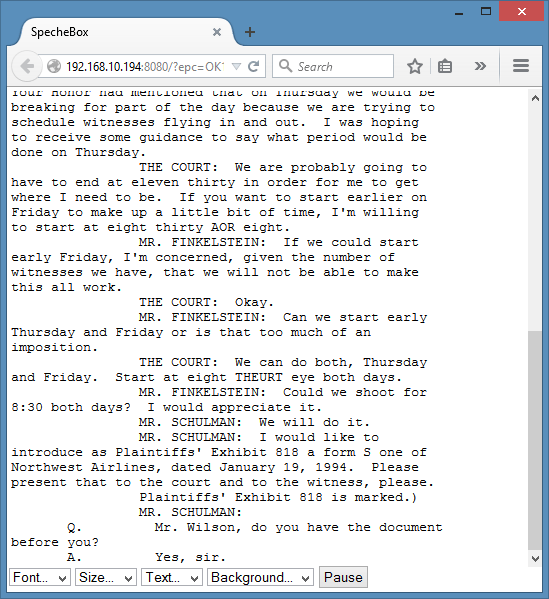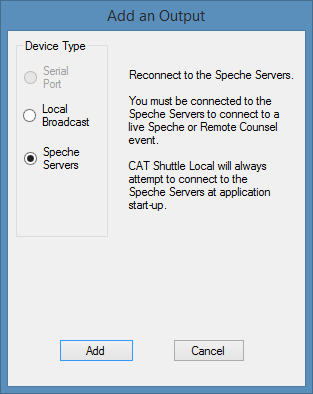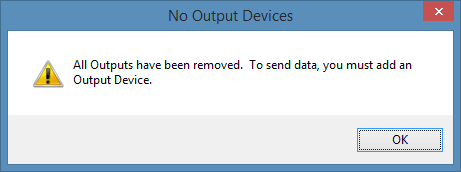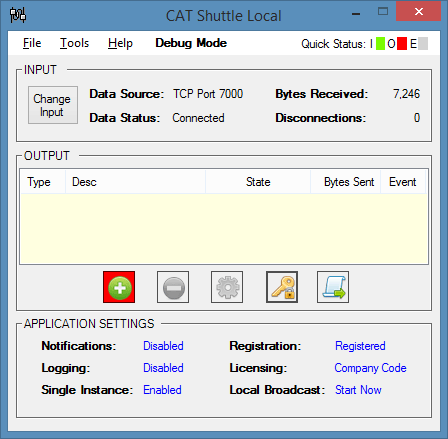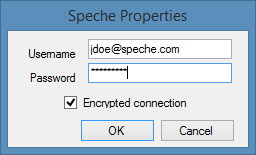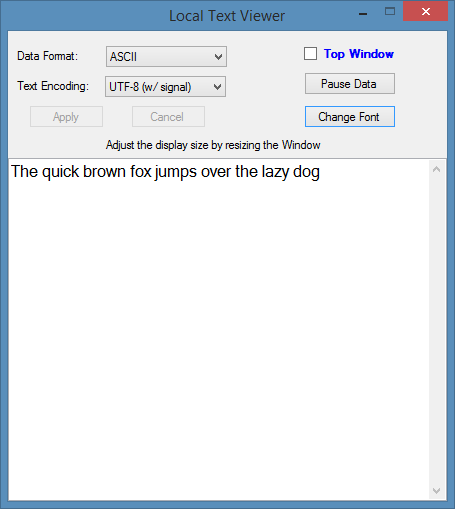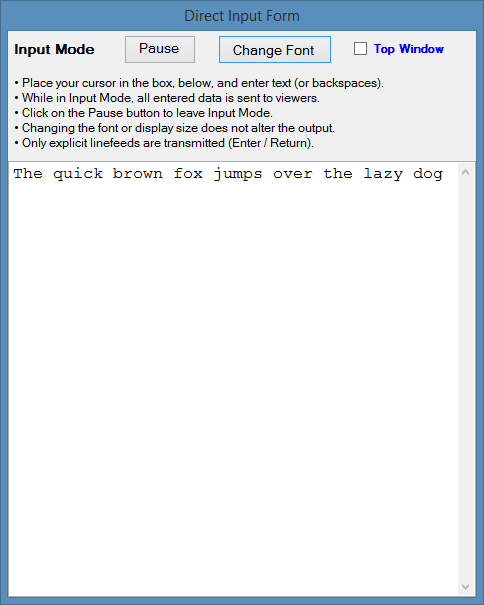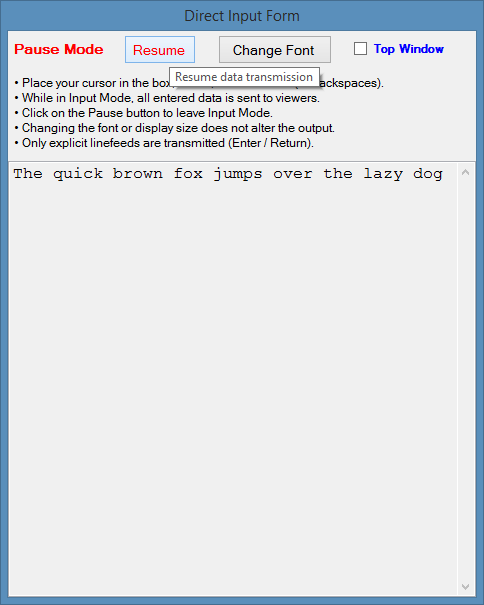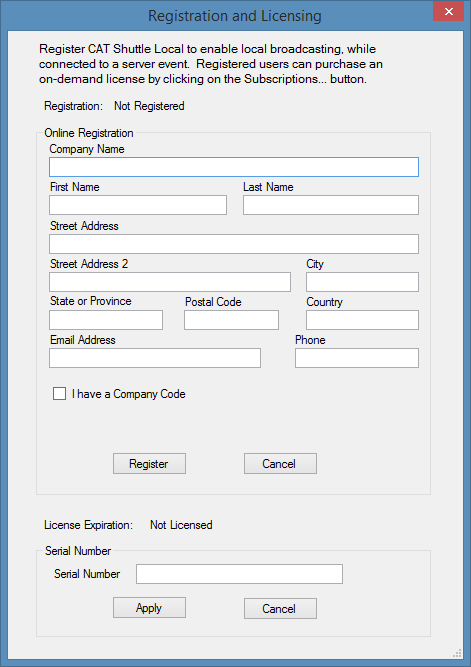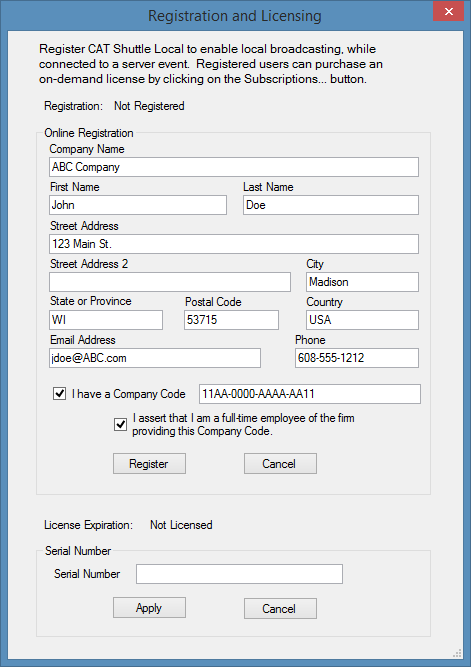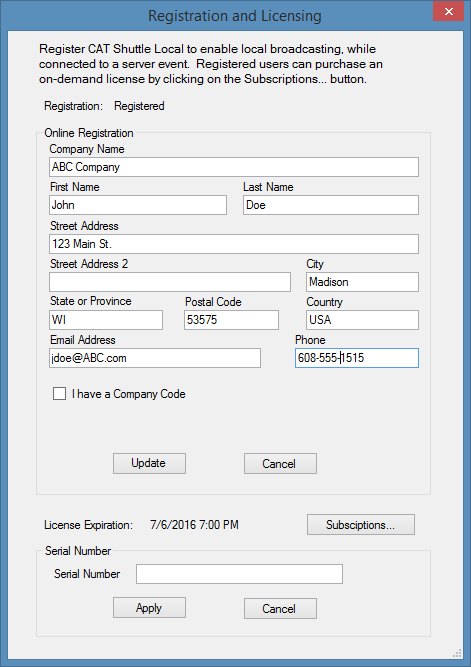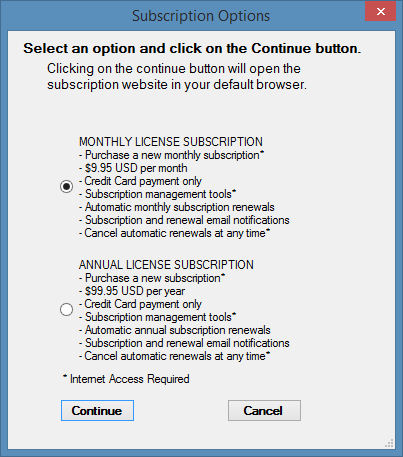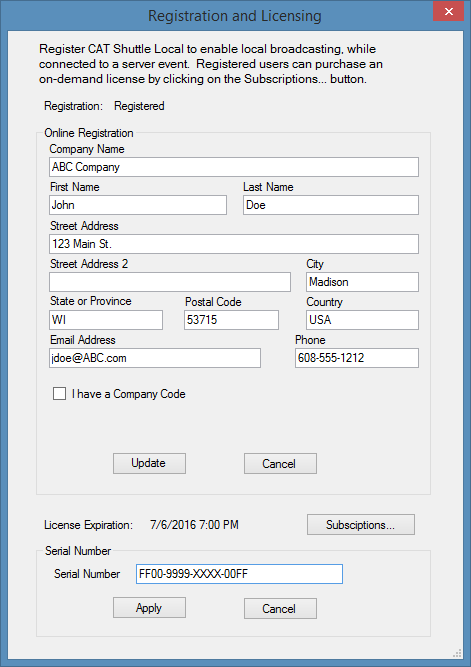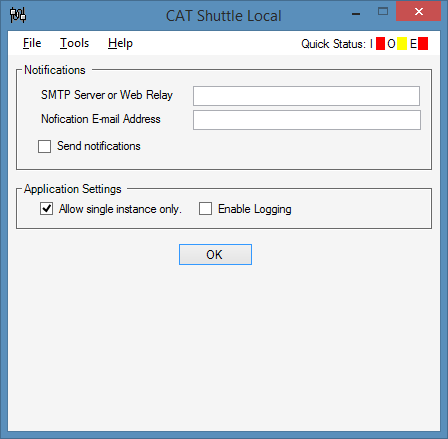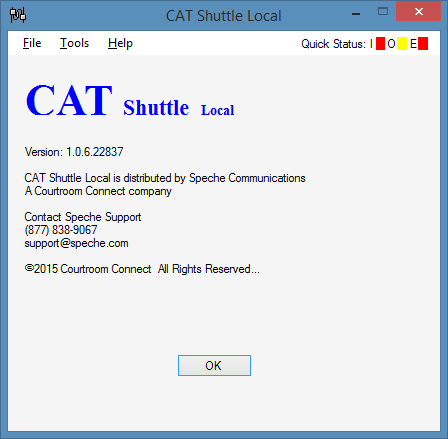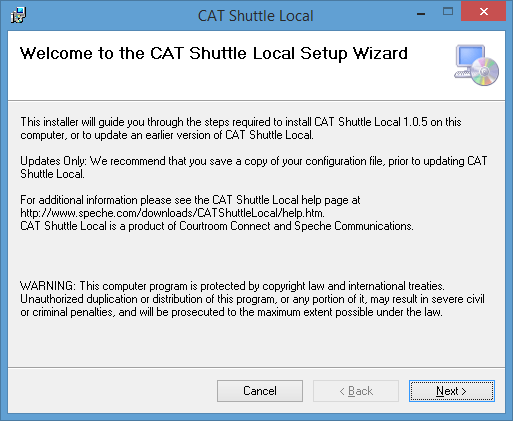
Install the Virtual Serial Port Driver if...
- Your CAT software does not support TCP/IP Output, and you need to create a Serial COM port.
- You prefer to use your CAT software's Serial / COM Output, and need to create a Serial / COM port.
- You are updating CAT Shuttle, and you use the Virtual Serial Port Input.
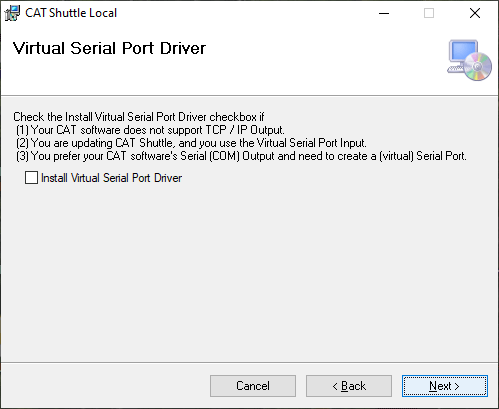
- Installation Folder - To change the installation folder, click on the Browse... button and choose a different location. CAT Shuttle Local can be installed on any drive. Click on the Disk Cost... button to verify that the chosen drive has enough disk space. CAT Shuttle Local requires ~ 1.3 MB of disk space.
- User Access - By default, CAT Shuttle Local will be available to all users of the installation computer (Everyone). Choose Just me to limit CAT Shuttle Local access to the user account that performs the installation.
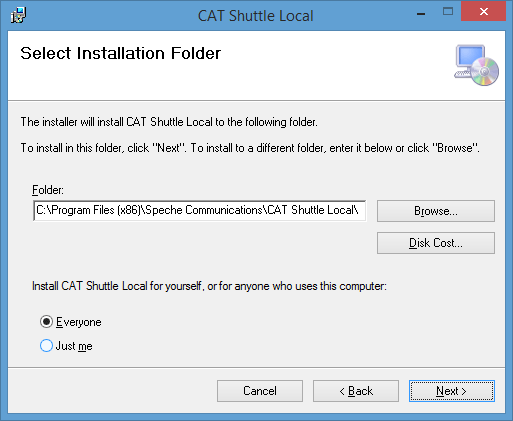
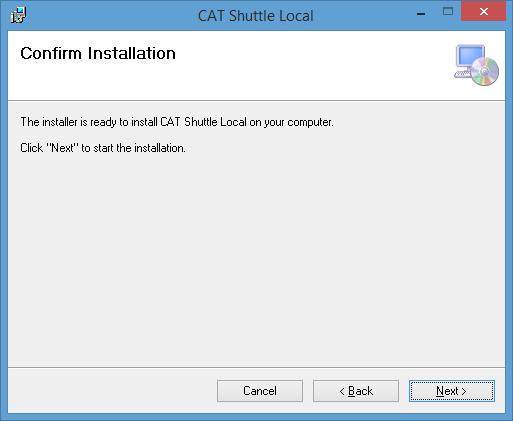
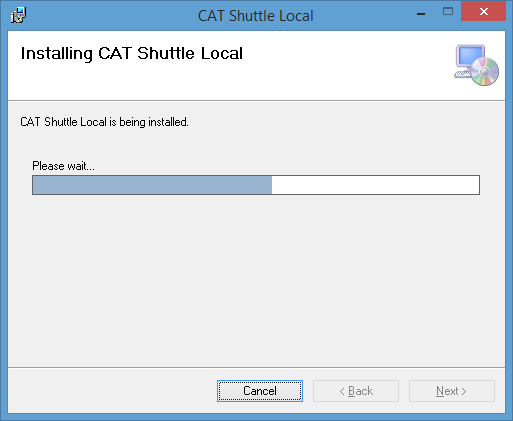
* All running instances of CAT Shuttle Local must be closed complete the update.
- To complete the update now: Check your Task Bar, close any running instances of CAT Shuttle Local, and choose Try Again.
- To complete the update later: Choose Continue. Any running instances of CAT Shuttle Local will be unaffected. The update will be completed the next time your computer is rebooted.
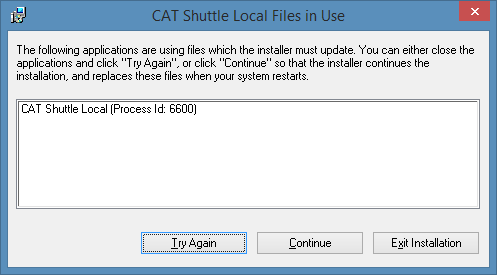
If you chose to Launch CAT Shuttle Local after installation, the CAT Shuttle Local Configuration splash window may open at this time. We recommend that you finish the CAT Shuttle Local installer before configuring CAT Shuttle Local (click on the Next button).
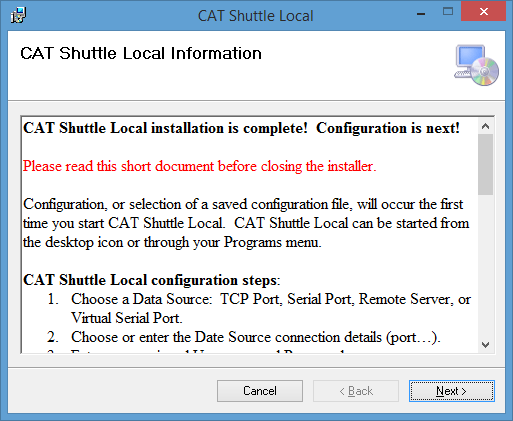
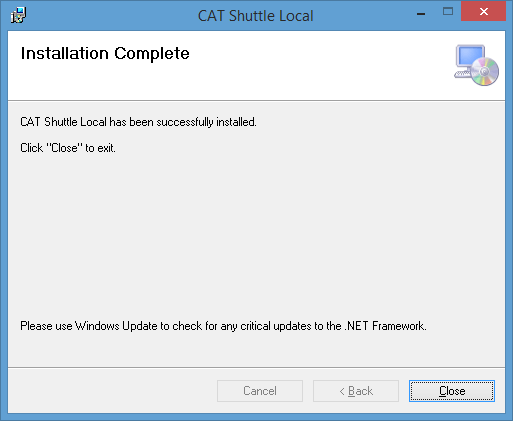
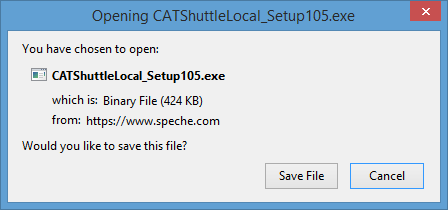
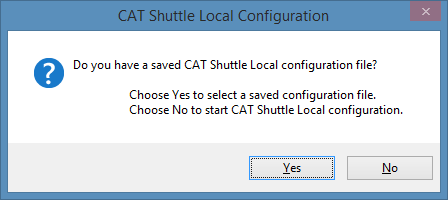
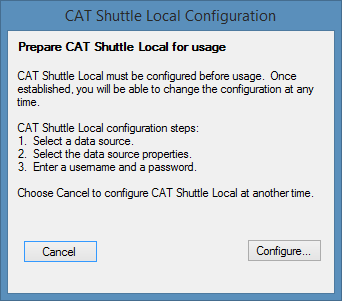
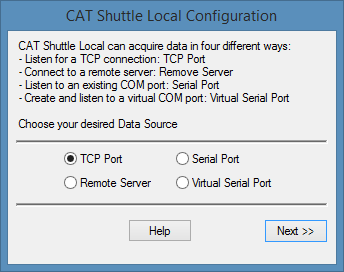
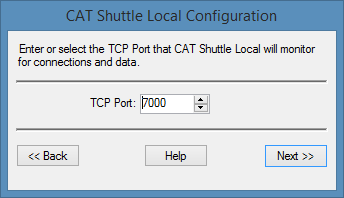
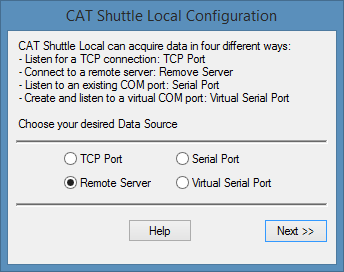
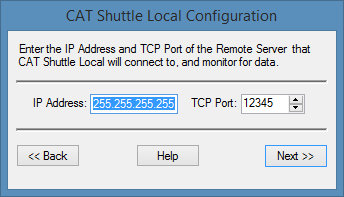
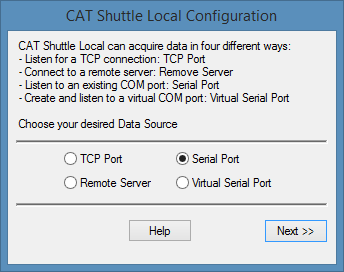
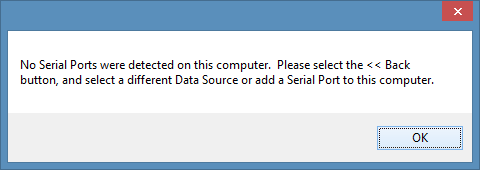
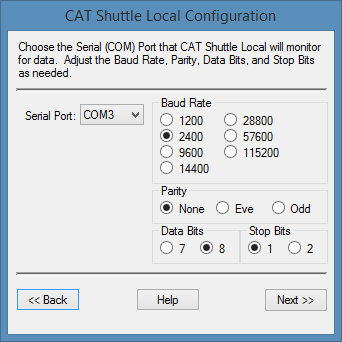
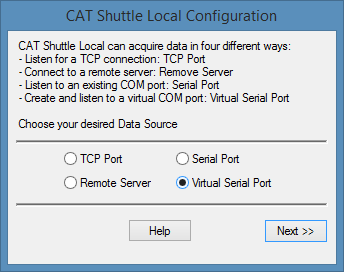
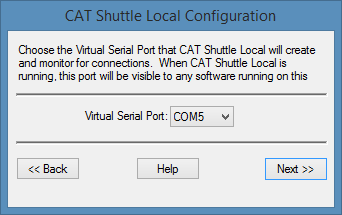

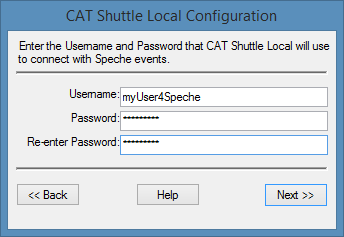
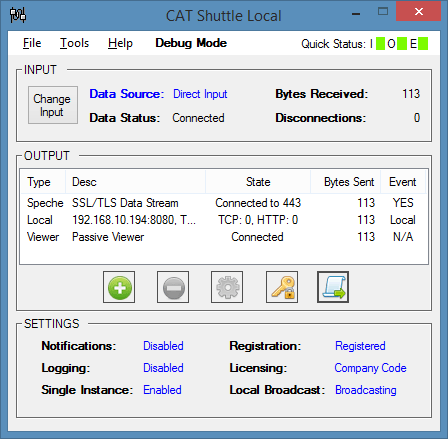
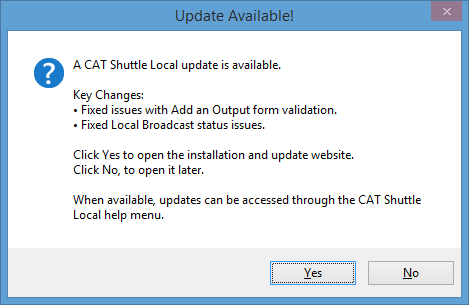
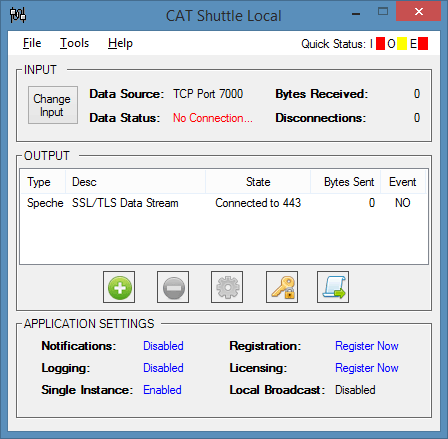
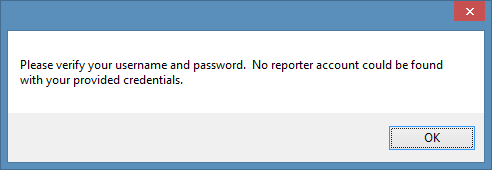




 in the
in the 




 - Save any changes to the data source or its properties.
- Save any changes to the data source or its properties. - Reset the Change Input panel (to the current data source and properties).
- Reset the Change Input panel (to the current data source and properties). - Cancel out of the Change Input panel without making any changes.
- Cancel out of the Change Input panel without making any changes.


